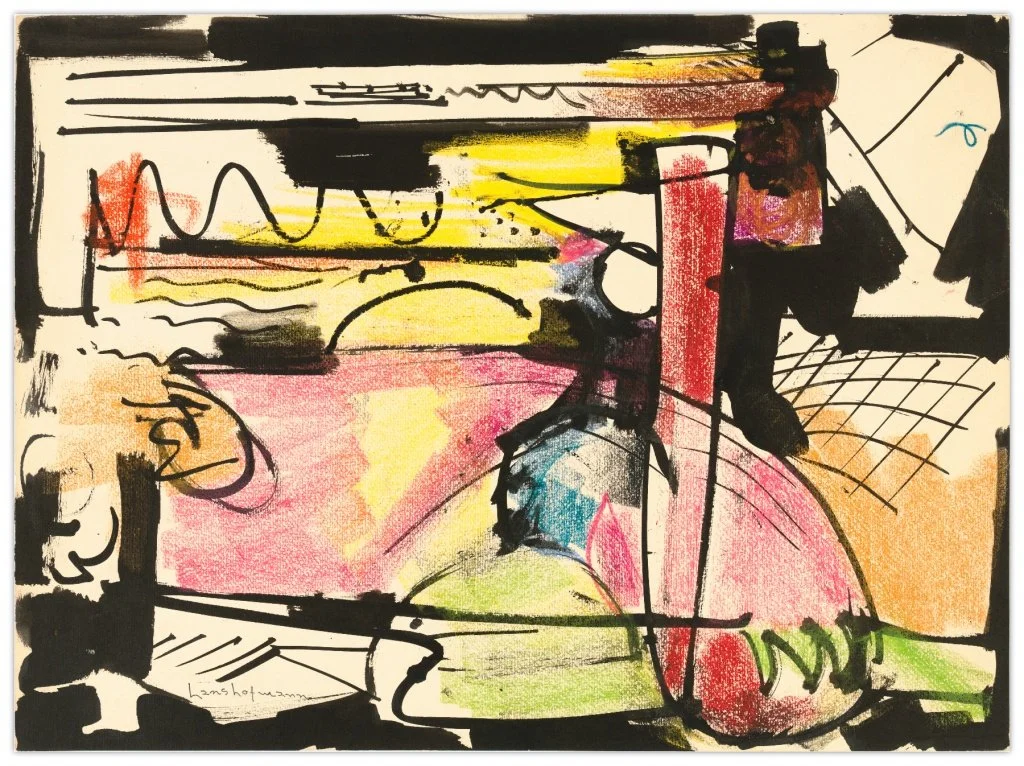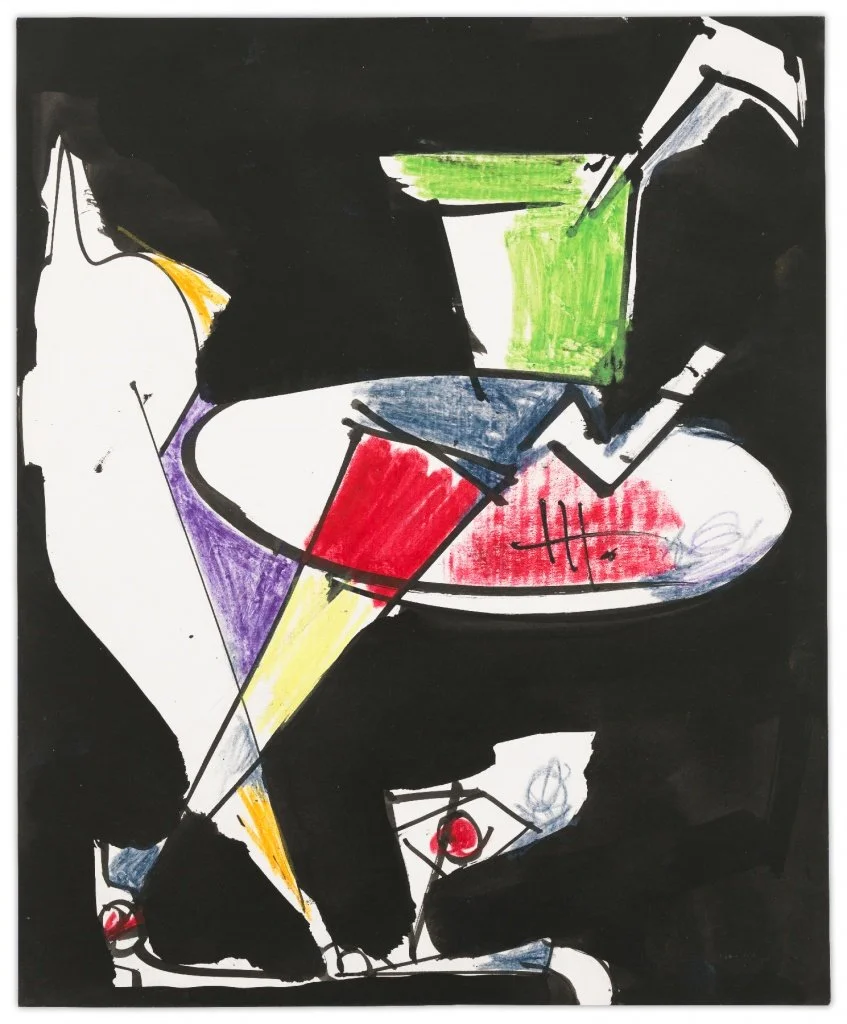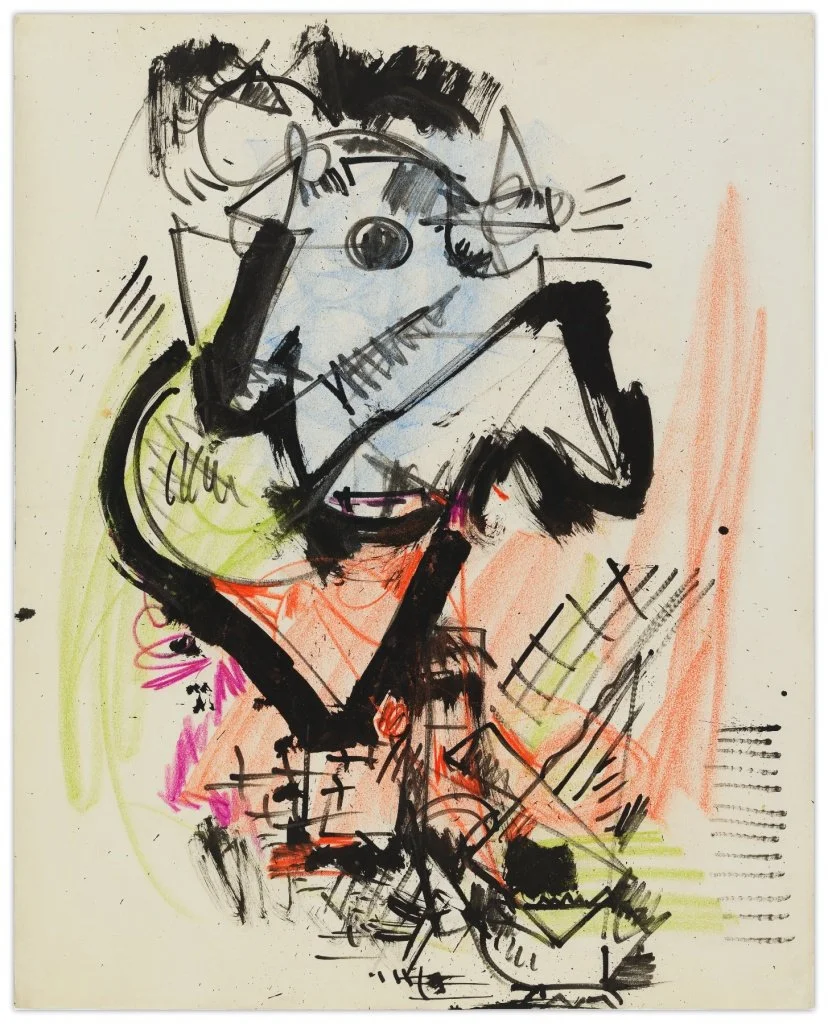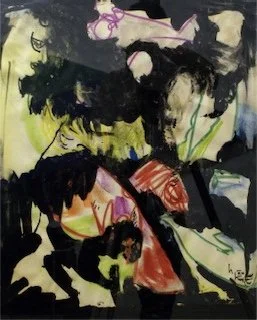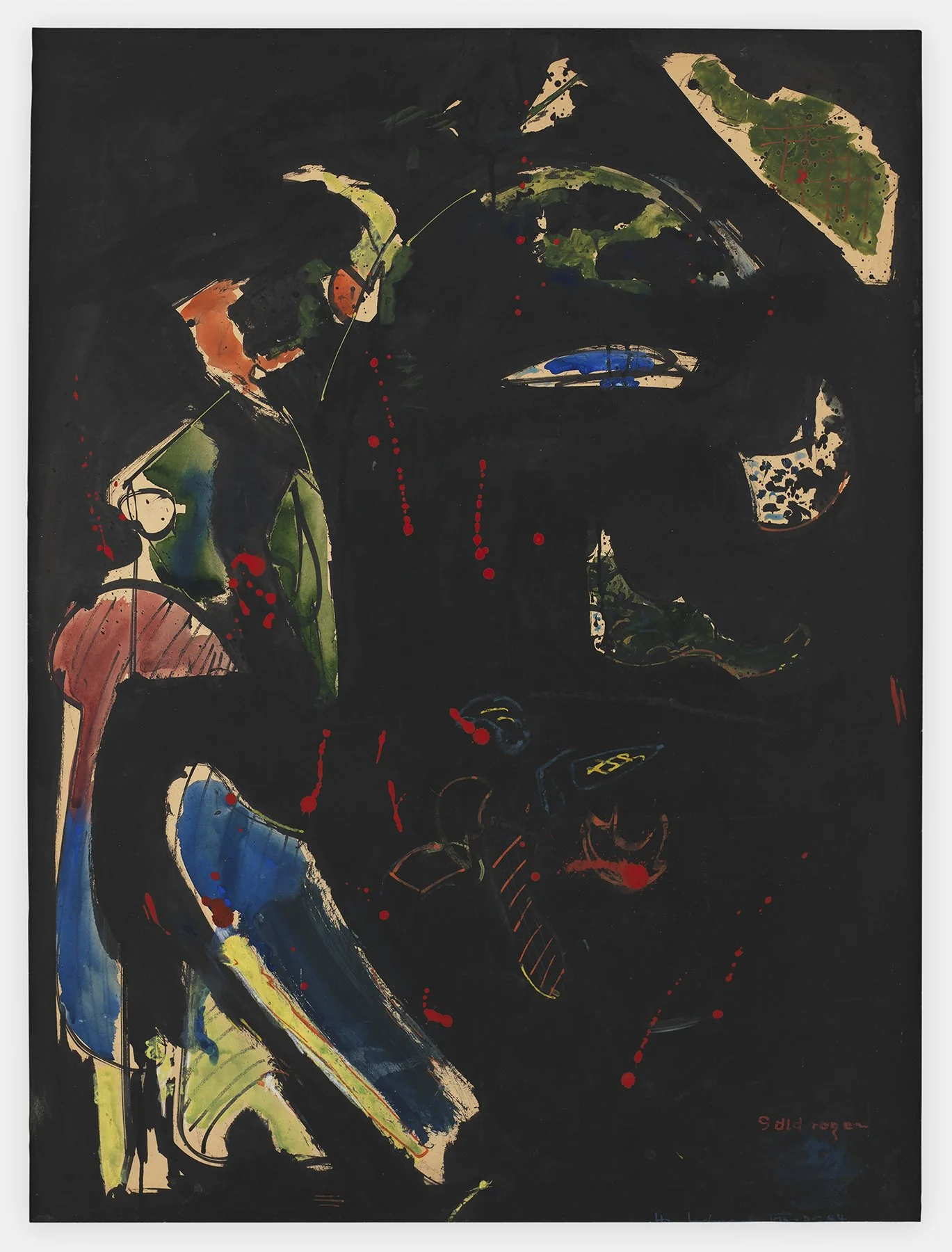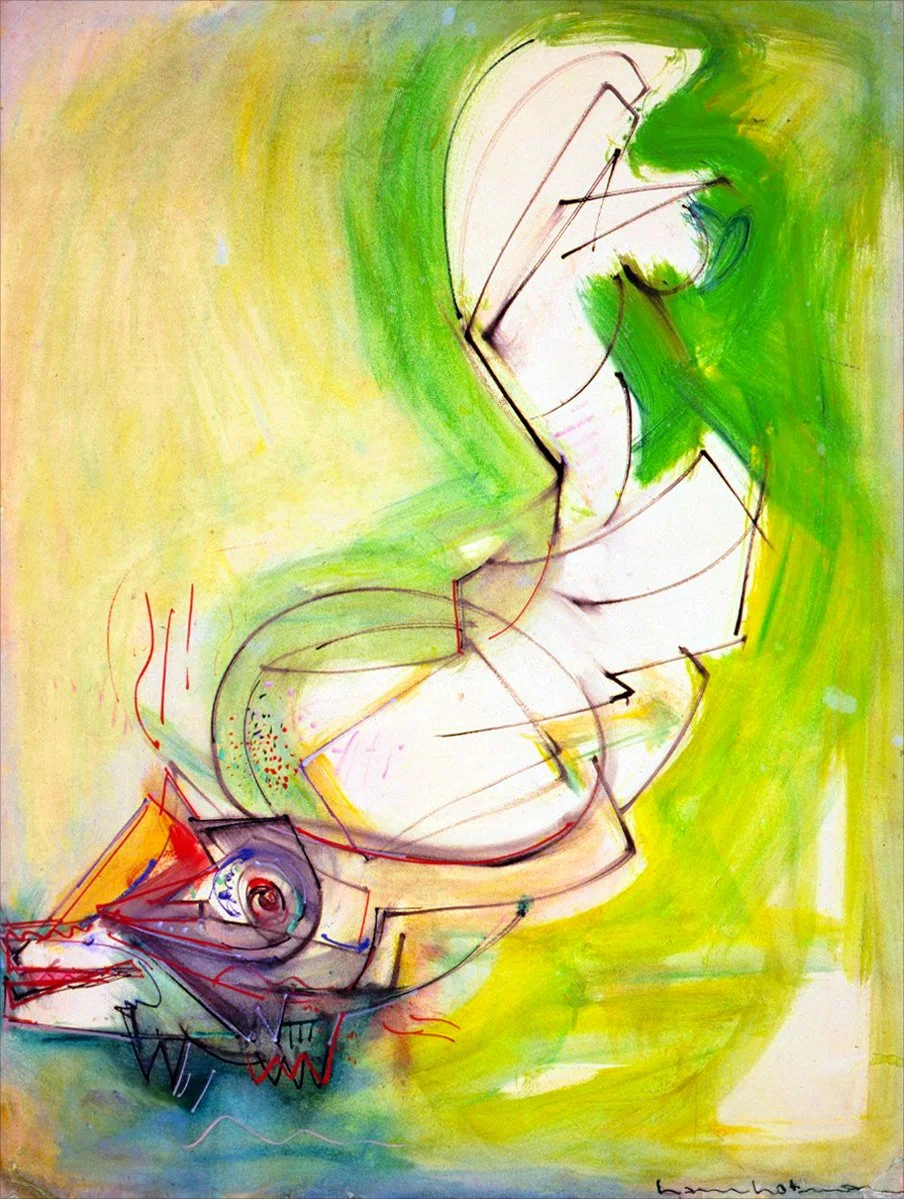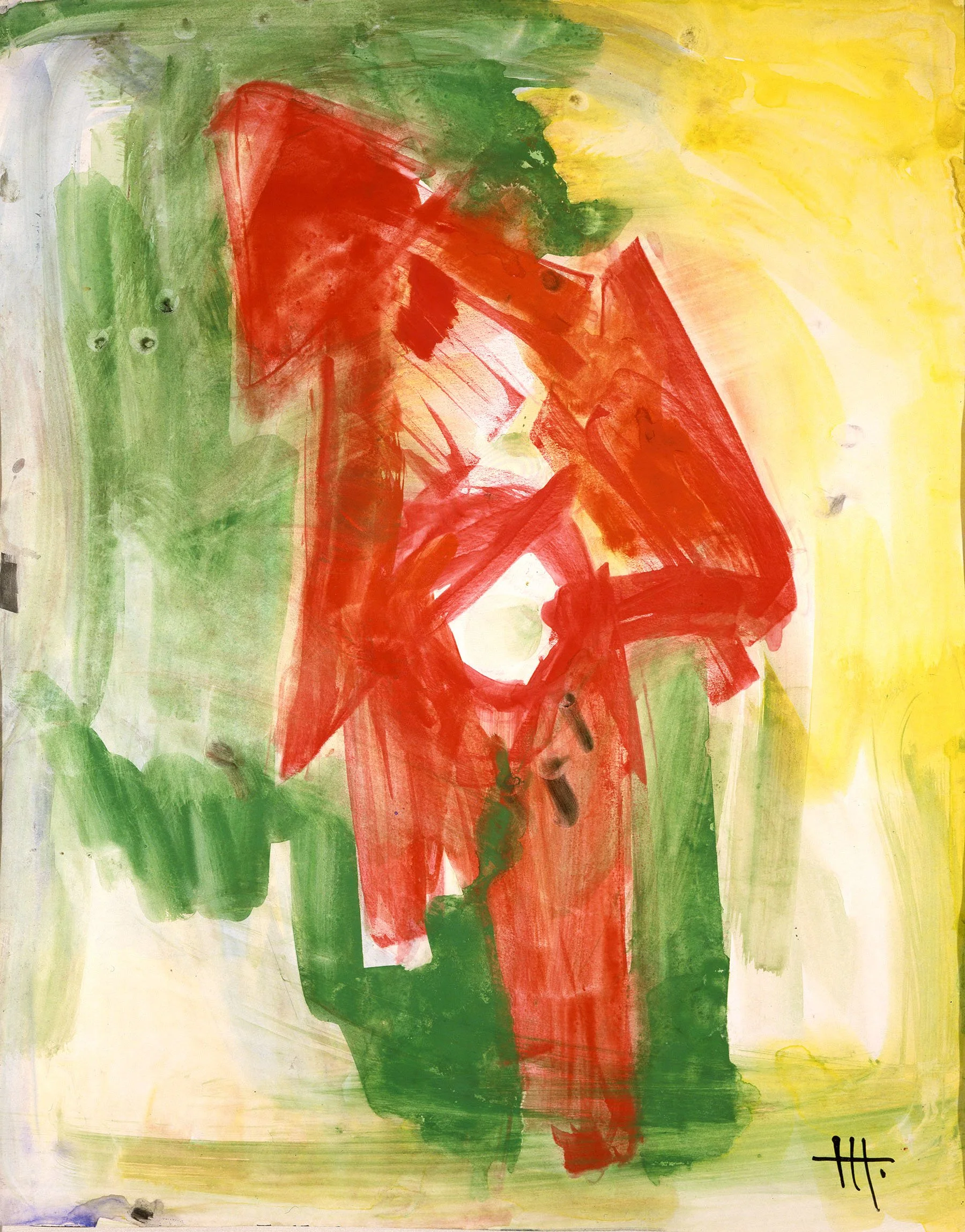Hans Hofmann
Hans Hofmann (1880 - 1966) is one of the most important figures of postwar American art. Celebrated for his exuberant, color-filled canvases, and renowned as an influential teacher for generations of artists—first in his native Germany, then in New York and Provincetown—Hofmann played a pivotal role in the development of Abstract Expressionism. The German-American painter approached abstract painting through cubism and Fauvism. His teaching and painting were singularly influential for the development of American painting after 1945. Born in Weissenburg, Germany, Hans Hofmann studied music and science before enrolling in 1898 at Moritz Heymann's Munich art school.
Hofmann was close to 70 years old when, in a dazzling burst of energy he painted most of the large, highly recognizable canvases of the late 1950's and 1960's that assured his reputation. With their stacked, overlapping and floating rectangles and clear, saturated hues, these extraordinary paintings continued up until the end of his remarkable long career what Hofmann had first explored as an artist over six decades earlier. From 1904 to 1914 Hofmann, sponsored by a Berlin art collector, studied in Paris. He met many cubist and Fauve artists and was drawn particularly to Robert Delaunay's abstractions. When World War I began, Hofmann's patronage ended, and he returned to Munich. Because of a lung ailment, Hofmann was not drafted.
He opened an art school in Munich in 1915, and for the next 15 years he articulated a philosophy of art based on Fauvism and cubism; in particular, he sought to redefine Paul Cézanne's two-dimensional picture plane in terms of light. Hofmann's concern with his students' development often took precedence over his own work. By the 1920s his reputation as a teacher was assured, and his school began to attract students from America, including Al Jensen, Louise Nevelson, and Carl Holty. The political climate of postwar Germany made it increasingly difficult for Hofmann to maintain his school, and in 1930 he accepted an invitation to teach a session at the University of California. He returned to California the following summer, and in the fall he moved to New York City, where he joined the faculty of the Art Students League. In 1932 he opened his own art school in New York, with summer sessions at Provincetown, Mass.


